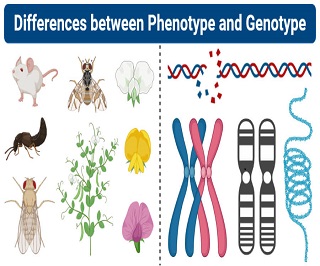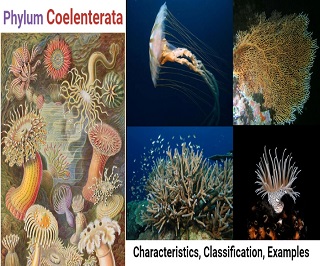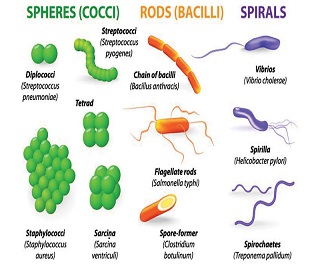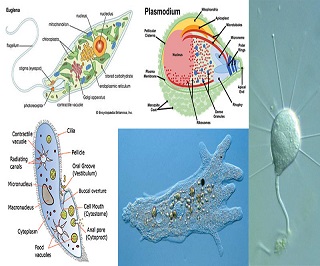Phylum Mollusca- Characteristics, Classification, Examples
Phylum Mollusca (Mollusks) Definition Phylum Mollusca, commonly referred to as mollusks, are segmented, coelomate organisms with soft bodies, bilateral symmetry, and a dorsal visceral mass. They are typically covered in shells. Phylum Mollusca (Mollusks) Characteristics The majority of them are aquatic mostly marine, with some terrestrial and rare freshwater forms. They could’ve been found within …
Phylum Mollusca- Characteristics, Classification, Examples Read More »









